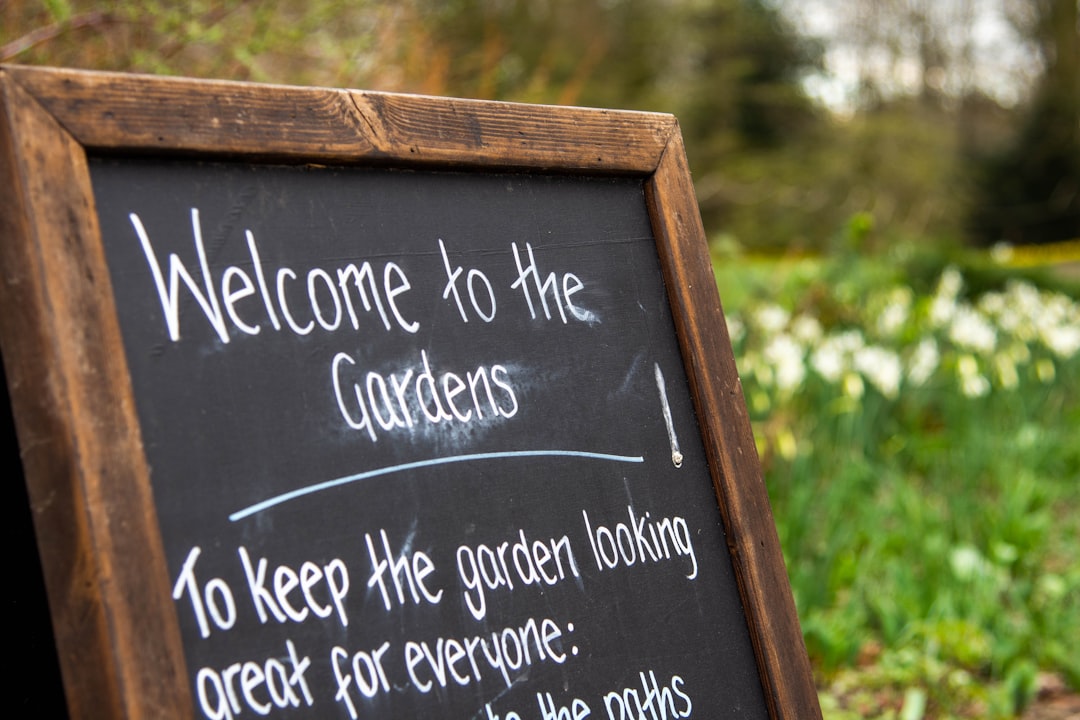Unveiling the Wonders of Kentucky's Award - Winning Garden Plants

In the realm of gardening, the beauty of a landscape is often a reflection of the plants that inhabit it. When it comes to Kentucky gardens, there are a select group of award - winning plants that are nothing short of a horticultural marvel. These plants not only add aesthetic appeal but are also well - adapted to the unique climate and soil conditions of the region.
The climate in Kentucky is characterized by hot summers and cold winters, with an average annual precipitation that varies across the state. This means that plants need to be resilient and able to withstand a range of weather conditions. Award - winning plants have been carefully selected for their ability to thrive in such an environment, making them ideal choices for Kentucky gardeners.
One of the outstanding plants suitable for Kentucky gardens is the Coneflower (Echinacea purpurea). This native wildflower is not only beautiful but also attracts pollinators such as bees and butterflies. Its large, daisy - like flowers come in a variety of colors, including purple, pink, and white. Coneflowers are drought - tolerant once established, which is a great advantage in the sometimes - dry Kentucky summers. They can be planted in full sun to partial shade and require well - drained soil. These plants are also known for their medicinal properties, adding an extra layer of value to any garden.
Another remarkable plant is the Black - eyed Susan (Rudbeckia hirta). This bright and cheerful flower is a staple in many Kentucky gardens. It blooms from mid - summer to fall, providing a long - lasting display of color. Black - eyed Susans are easy to grow and can tolerate a wide range of soil types. They are also deer - resistant, which is a significant benefit in areas where deer are common. These plants can be used in borders, meadows, or as cut flowers, adding versatility to any garden design.
The Kentucky Wisteria (Wisteria macrostachya) is a native vine that is well - suited to the state. It produces beautiful, fragrant clusters of purple flowers in the spring. Unlike some non - native wisteria species, the Kentucky Wisteria is less invasive and easier to manage. It can be trained to grow on arbors, pergolas, or fences, creating a stunning vertical element in the garden. This vine prefers full sun and well - drained soil and can add a touch of elegance to any outdoor space.
For those looking for a ground - cover option, the Creeping Phlox (Phlox subulata) is an excellent choice. This low - growing plant forms a dense mat of foliage covered in colorful flowers in the spring. Creeping Phlox comes in a variety of colors, including pink, purple, and white. It is drought - tolerant and can be planted in rock gardens, along paths, or on slopes. Its ability to spread quickly makes it an effective way to fill in empty spaces in the garden.
In addition to these plants, there are many other award - winning varieties that are suitable for Kentucky gardens. The daylily (Hemerocallis) is another popular choice, with its wide range of colors and long blooming period. The hosta, known for its large, textured leaves, is also well - adapted to the Kentucky climate, especially in shady areas. These plants can be combined to create a diverse and beautiful garden that is both visually appealing and ecologically friendly.
When planning a Kentucky garden, it is important to consider the specific needs of each plant. Proper soil preparation, watering, and fertilization are essential for the health and growth of these award - winning plants. By choosing plants that are well - suited to the region, gardeners can create a landscape that is not only beautiful but also sustainable. Whether you are a seasoned gardener or just starting out, exploring the world of award - winning plants for Kentucky gardens can open up a world of possibilities for creating a truly outstanding outdoor space.
As the gardening season in Kentucky approaches, take the time to research and select the best plants for your garden. Visit local nurseries, attend gardening workshops, and connect with other gardeners in the area. By working together and sharing knowledge, we can all contribute to the creation of beautiful and thriving gardens in the Bluegrass State.